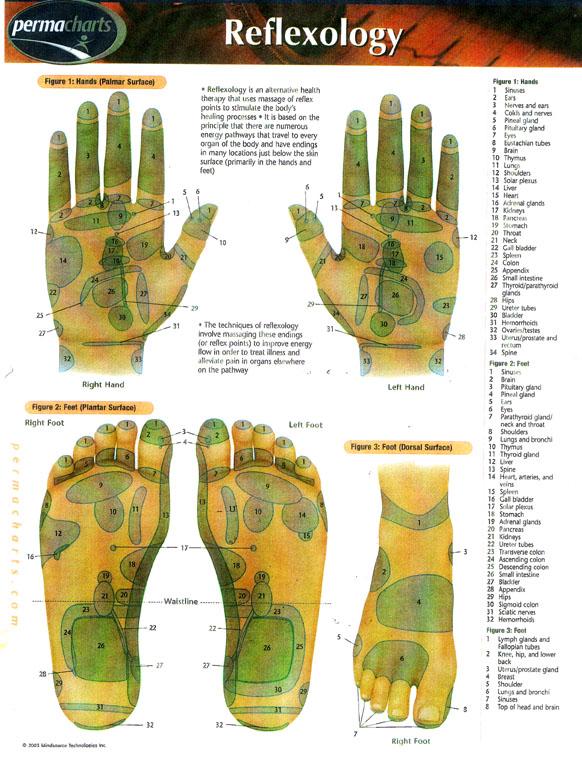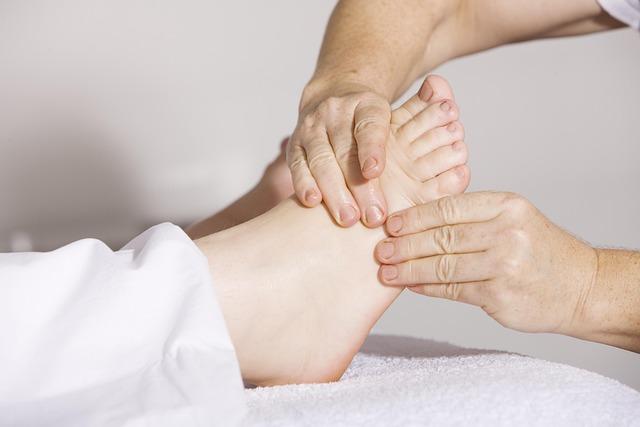In a world where wellness trends ebb and flow like the tides, reflexology stands as a practice that has both intrigued and divided the masses. With origins tracing back to ancient civilizations, this therapeutic method involves applying pressure to specific points on the feet, hands, and ears, purportedly influencing other parts of the body. But as modern science casts a discerning eye over traditional practices, the question arises: is reflexology a legitimate healing practice or merely a branch of pseudoscience? This article delves into the heart of this debate, exploring the historical roots, scientific scrutiny, and personal testimonies that surround reflexology, inviting readers to step into a world where healing meets skepticism.
Understanding Reflexology: Origins and Principles
Reflexology, a practice with ancient roots, traces its origins back to the time of the Egyptians and Chinese, who believed in the body’s energy pathways. This healing art is built on the premise that specific points on the feet, hands, and ears correspond to different organs and systems in the body. By applying pressure to these points, reflexologists aim to promote relaxation and improve overall health. While some see reflexology as an effective complementary therapy, others question its scientific basis, sparking a debate on its legitimacy.
The principles of reflexology rest on a few key concepts:
- Zone Theory: The body is divided into ten vertical zones, each linked to specific areas on the feet and hands.
- Energy Flow: Reflexology is believed to unblock energy pathways, enhancing the body’s natural healing process.
- Holistic Approach: This practice views the body as an interconnected whole, emphasizing balance and wellness.
As interest in alternative therapies grows, reflexology continues to attract attention, inviting both curiosity and skepticism.

Exploring Scientific Evidence: What Research Reveals
In the quest to determine the validity of reflexology, researchers have conducted numerous studies to assess its efficacy. Proponents argue that reflexology can alleviate stress, reduce pain, and improve overall well-being by stimulating specific points on the feet, hands, or ears. Critics, however, often dismiss these claims as lacking substantial scientific backing. While some studies suggest positive outcomes, they frequently face scrutiny for methodological flaws or small sample sizes.
Current research highlights a few key findings:
- Stress Reduction: Some studies indicate that reflexology may help reduce anxiety and stress, potentially enhancing relaxation.
- Pain Management: There is limited evidence supporting reflexology’s role in pain relief, though the placebo effect cannot be ruled out.
- Overall Well-being: Participants in certain studies reported feeling better post-treatment, but these results often lack rigorous scientific validation.
As the debate continues, the scientific community calls for more robust, controlled trials to explore reflexology’s potential benefits and limitations.

Health Benefits or Placebo Effect: Analyzing Claims
The debate over reflexology often centers on whether its health benefits are grounded in science or simply a manifestation of the placebo effect. Proponents argue that reflexology can offer relief from various ailments by stimulating nerve endings in the feet, hands, and ears, which purportedly correspond to different body parts. Advocates claim it can help with:
- Reducing stress and anxiety
- Improving circulation
- Alleviating pain
- Enhancing overall well-being
However, skeptics point out the lack of substantial scientific evidence supporting these claims. Many studies suggest that any positive outcomes may be due to the placebo effect, where patients experience perceived improvements simply because they believe in the treatment. Critics emphasize the importance of rigorous clinical trials to substantiate reflexology’s effectiveness, urging caution in considering it as a substitute for conventional medical practices.

Making an Informed Choice: Guidelines for Practitioners and Patients
When considering reflexology, both practitioners and patients must weigh several factors to make informed decisions. For practitioners, it’s crucial to stay updated with the latest research and clinical studies to provide evidence-based guidance. Additionally, understanding patient expectations and communicating the potential benefits and limitations of reflexology can foster trust and transparency.
Patients, on the other hand, should seek practitioners with recognized certifications and inquire about their experience. It’s beneficial to explore diverse perspectives, including scientific reviews and anecdotal evidence, to gauge the potential effectiveness of reflexology for individual needs. Consider the following when evaluating reflexology:
- Research: Look into current studies and scientific literature.
- Credentials: Verify the qualifications of the practitioner.
- Personal Goals: Align the practice with your health objectives.
By combining professional insights and personal research, both practitioners and patients can navigate the nuances of reflexology with confidence.





